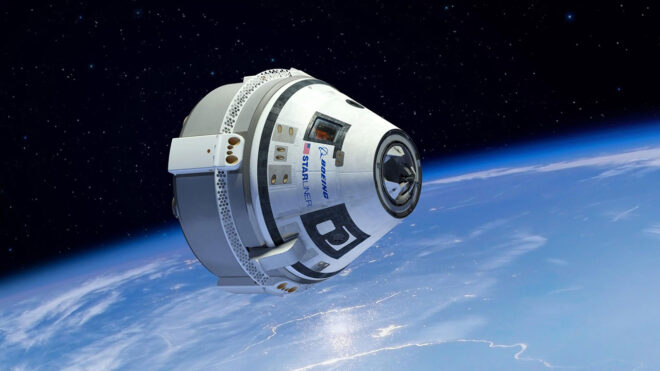Boeing Starliner The first manned test mission based in the U.S. was recently put on hold indefinitely. Today, a new date was given.
Boeing, has made a long-awaited step a reality in the past months and CST-100 Starliner space capsule United Launch Alliance prepared by Atlas V He placed it in front of the rocket and sent it into space. This was a test mission and starliner A smooth docking with the ISS (International Space Station) was achieved. Later, the Starliner left the ISS and returned to Earth without any problems. Like its counterparts, the spacecraft landed with a triple parachute system and land, not sea, was preferred for landing. Boeing, Together with SpaceX, it receives financial support from NASA regarding space, and behind this support is the ISS, that is, the International Space Station. It also includes taking astronauts. SpaceX can already do this with the Crew Dragon, which it placed in front of Falcon 9. In this respect Boeing Astronauts who will begin to serve in the ISS and will be taken to the ISS CST-100 Starliner It can be brought back safely using
YOU MAY BE INTERESTED IN
In this respect The first human/astronaut test would normally be held on the evening of May 6. In this mission NASA, Boeing And United Launch Alliance He would leave behind another important milestone. However, takeoff was delayed due to a technical valve problem. Another trial was planned later, but the problems were not fully resolved. Last based on Starliner It was announced that the first manned mission was suspended indefinitely, meaning a new trial date could not be given. Today, this situation has changed, and despite some additional problems, it has been announced that the trial will be held on June 1. Of course, this can also be canceled, but for now, June 1 is targeted, and since this is earlier than expected, some are concerned. creates.
Last week, SpaceX CEO Elon Musk’s statement regarding Starliner also made a splash. Musk picture from your account“Boeing received $4.2 billion to develop an astronaut capsule, while SpaceX received only $2.6 billion. Despite this, SpaceX finished its own capsule 4 years early. Note also that Dragon 2’s crew capsule design has almost nothing in common with Dragon 1. “There are too many managers at Boeing who do not have sufficient technical knowledge.” He criticized.
